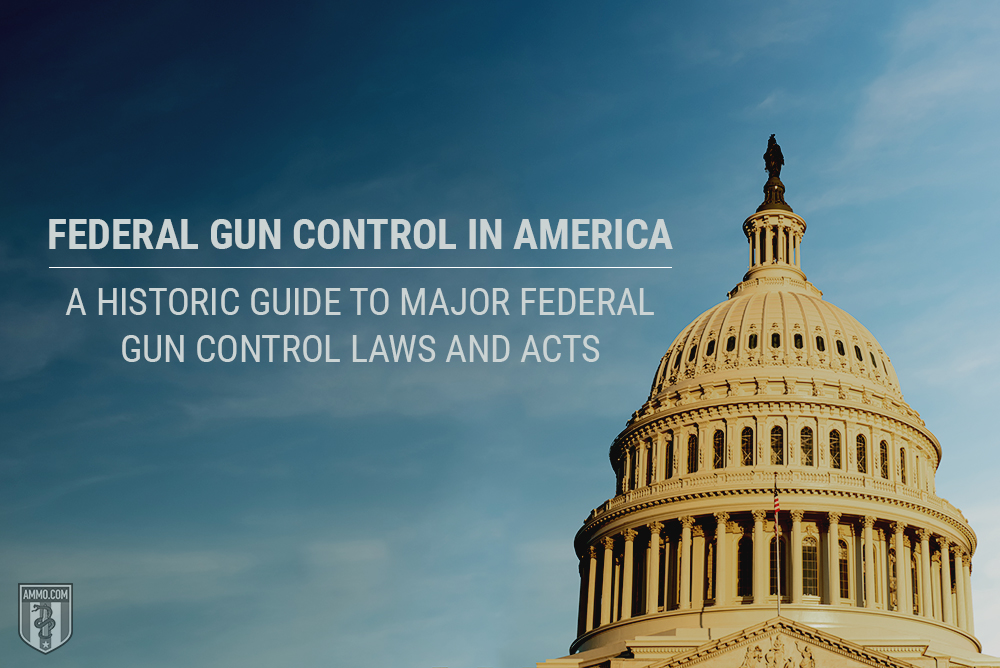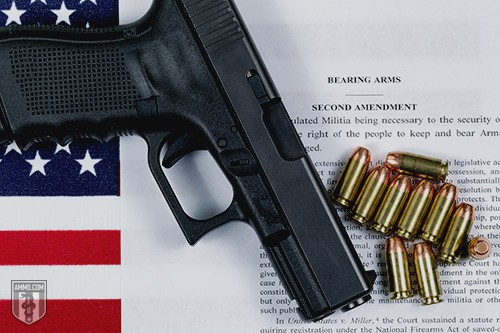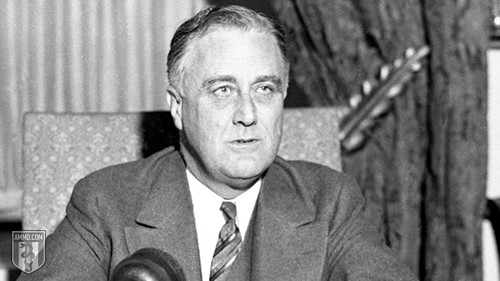
For Americans, the crux of gun control laws has been how to disarm dangerous individuals without disarming the public at large. Ever-present in this quest is the question of how the perception of danger should impact guaranteed freedoms protected within the Bill of Rights.
Not only is such a balancing act difficult as-is, but there are also two additional factors that make it even more challenging: America’s federal government is constitutionally bound by the Second Amendment, and politicians notoriously take advantage of tragedies to pass irrational laws when emotions are at their highest. As President Obama’s former Chief of Staff, Rahm Emanuel, once famously remarked:
“You never want a serious crisis to go to waste. And what I mean by that is an opportunity to do things you think you could not do before.”
This line of thought is not new to American politics. From the emancipation of enslaved Americans and the organized crime wave of the 1930s to the assassinations of prominent leaders in the 1960s and the attempted assassination of President Reagan in the 1980s, fear has proved a powerful catalyst for appeals about gun control.
Below is an overview of the history behind major gun control laws in the federal government, capturing how we’ve gone from the Founding Fathers’ America of the New World to the United States of the 21st century.
 Congress added the Bill of Rights to the Constitution of the United States specifically “to prevent misconstruction or abuse of its powers.” The Second Amendment is the foundational cornerstone of every American’s right to bear arms, stating:
Congress added the Bill of Rights to the Constitution of the United States specifically “to prevent misconstruction or abuse of its powers.” The Second Amendment is the foundational cornerstone of every American’s right to bear arms, stating:
“A well regulated Militia, being necessary to the security of a free State, the right of the people to keep and bear Arms, shall not be infringed.”
The right to bear arms was second only to the first – the most vital freedoms of religion, speech, the press, the right to assemble and the right to petition government for redress of grievances. Meanwhile, conflicting views have left government and personal interest groups struggling to reconcile technological advances, isolated but significant violent anomalies and the constitutional mandate protecting the natural right to self defense and this most basic aspect of the Bill of Rights.
The U.S. Congress passed the Militia Acts of 1792 less than a year after the Second Amendment’s ratification. The first act’s purpose was “to provide for the National Defence, by establishing an Uniform Militia throughout the United States.” This measure established the need and command structure for a state-based militia. The second act defined conscription parameters for those militias, limiting armed service to “each and every free able-bodied white male citizen” 18 to 45.
Even today, the majority of firearms laws are state-based and vary considerably. While California, Connecticut and New Jersey have the most restrictive laws, Arizona, Vermont and Kentucky have some of the least stringent. For more than a century, the young United States relied primarily on “state” laws:
Often overlooked, the Militia Act of 1862 was highly significant because for the first time, a U.S. government in wartime need called upon “persons of African descent” for military or naval service. Granted, the soldiers were paid less than their white compatriots and were at first primarily laborers. However, the act guaranteed freedom for soldiers and their families in exchange for service. By late October, black Union regiments raised from Kansas, Louisiana and the South Carolina Sea Islands were in the field. President Lincoln signed the Emancipation Proclamation on January 1, 1863, and in May of that year, the War Department established the Bureau of Colored Troops, which would represent nearly 185,000 soldiers during the Civil War.
Even as 1863’s Emancipation Proclamation freed all slaves within the United States, racially biased gun control continued through Black Codes in states like Mississippi, Louisiana and Alabama. Internationally, the Paris Anti-Slavery Conference of 1867 condemned the practices, highlighting that in “the States,” even “freedmen” were “forbidden to own or bear fire-arms, and thus were rendered defenceless against assault.” Congress abolished this discriminatory gun control with the most controversial of the three Reconstruction Amendments. While the Thirteenth abolished slavery and the 15th forbade racial discrimination in elections, the Fourteenth Amendment provided “to any person within its jurisdiction the equal protection of the laws.” Finally, the Fourteenth guaranteed all Americans, regardless of color or appearance, their Second Amendment right to bear arms.
Originally founded to improve the marksmanship and firearms skills found lacking in troops during the Civil War, the National Rifle Association (NRA) sought to “promote and encourage rifle shooting on a scientific basis.” Since then, it has become a complex organization, with its own Legislative Affairs Division, Institute for Legislative Action, Political Victory Fund and NRA Foundation as well as numerous publications.
As “America’s longest-standing civil rights organization,” the NRA is a “diligent [protector] of the Second Amendment.” It actively supported the National Firearms Act of 1934 and Federal Firearms Act of 1938, supported portions of the Gun Control Act of 1968 and was instrumental to the Firearms Owners Protection Act. It opposed renewal of the 1994 Assault Weapons Ban and backed 2005’s Protection of Lawful Commerce in Arms Act and 2006’s Disaster Recovery Personal Protection Act, which became part of 2007’s Department of Homeland Security Appropriations Act. In 2013, it opposed expansion of the Undetectable Firearms Act of 1988. The NRA has also been an active protector of the Second Amendment in numerous legal cases involving gun owners’ rights, including 2010’s landmark Supreme Court case McDonald v. Chicago.

Signed into law by President Franklin D. Roosevelt, the National Firearms Act, Public Law 73-474, sought to control specifically the types of weapons typically involved in organized crime and violent gangland incidents: automatic weapons like machine guns and easily concealed but wide-impact, short-barrel firearms, such as sawed-off shotguns, as well as mufflers and silencers. Rather than banning them, the act instead placed a financial premium on them and allowed tracking of them by requiring that:
The National Firearms Act has not been updated since, and importers, manufacturers, dealers and buyers still pay the same fees. Accounting for inflation, the $200 transaction tax would now be the equivalent of more than $3,500, and the $2,000 fine would be more than $35,000.
Continue reading Federal Gun Control in America: A Historic Guide to Major Federal Gun Control Laws and Acts at Ammo.com.
